医科学専攻 保健学専攻
- Master's Courses
修士課程 - Doctoral Courses
博士課程
Molecular Hematology分子血液学
STAFF
Professor
-
Shimizu, RitsukoProfessor. 清水 律子 教授
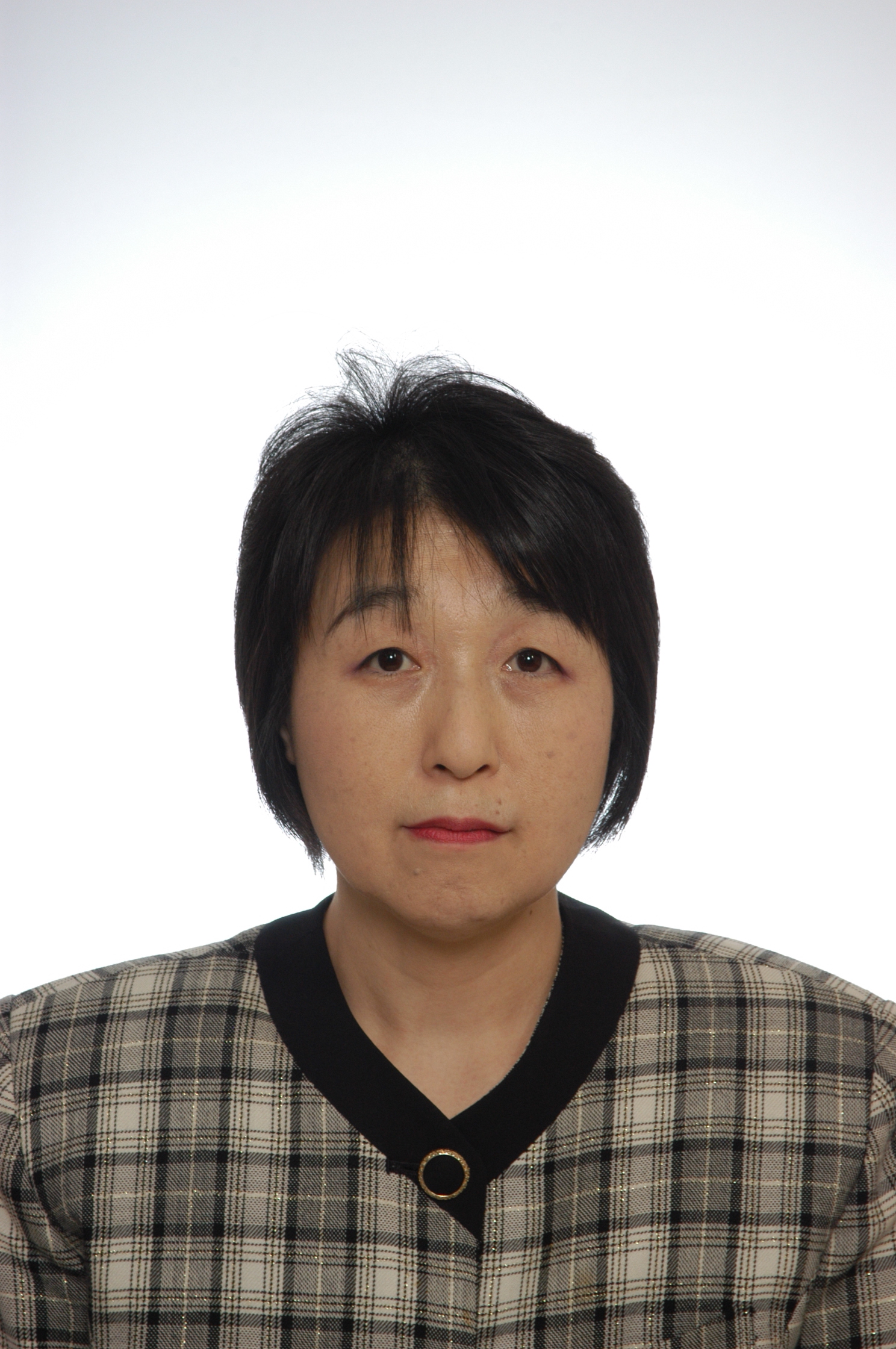
Other Faculty / Staff
-
Suzuki, Mikiko
Assoc. Prof. 鈴木 未来子 准教授(兼任) -
Hirano, Ikuo
Lect. 平野 育生 講師
CONTACT
TEL:+81-22-717-8080
E-MAIL:ritsuko.shimizu.e8*tohoku.ac.jp
(「*」を「@」に変換してください)
OUTLINE
Since Dr. Harold Weintraub found MyoD that induces myocyte differentiation in 1988, a lot of researchers have competitively identified various transcription factors involving cell fate decision and differentiation. In this context, GATA1 was identified as the transcription factor that is important for erythropoiesis. To date, GATA-family transcription factors, constituted by six-paralogs (GATA1-6), have been established.
We are studying on the function of GATA1 and GATA2, which work in erythrocyte and megakaryocyte, and hematopoietic stem/progenitor cell and immune cell, respectively. Recently, familial mutations in GATA1 and GATA2 gene were identified in the patients with leukemia and other hematopoietic diseases. However, the relationship between gene mutations and disease progression is not well known. The transcriptional regulation sustained by the rigorous network of transcription factors is important for maintaining hematopoietic homeostasis. Breakdown of the network is tightly linked to disease. Based on these facts, we are investigating the molecular mechanisms of disease progression contributed by qualitative and quantitative defect of GATA factors. We are particularly studying on the regulation of erythrocyte and megakaryocyte differentiation by GATA1, and the regulation of hematopoietic stem progenitor cell function and immune cell differentiation by GATA2 utilizing genetically modified animals to elucidate the molecular mechanisms underlying anemia, immunodeficiency and leukemia caused by dysfunction of GATA factors.
1988年に、Harold Weintraub教授らが線維芽細胞を筋細胞へと分化させる転写因子MyoDを発見した後、多くの研究者が細胞の運命や分化に関わる転写因子の同定競争に参入しました。その渦中に、赤血球分化に重要な転写因子としてGATA1が発見され、その後6種のパラログから構成されるGATA転写因子群(GATA1-6)が同定されました。
私達は、赤血球・巨核球分化過程で働くGATA1、そして造血幹前駆細胞や免疫細胞分化過程で働くGATA2を対象に研究を行っています。近年、GATA1とGATA2の遺伝子変異が、白血病やその他の造血器疾患から見つかっていますが、これら遺伝子変異と疾患発症の関連性は十分に検証されていません。そこで、転写因子ネットワークに支えられた精緻な遺伝子発現制御が恒常的造血に重要であること、その破綻が造血器疾患発症に密接に関連することに着目し、GATA因子の質的・量的な異常が引き起こす、疾患発症の分子機序を解析しています。特に遺伝子組換え動物を利用した生物個体解析を中心に、GATA1による赤血球・巨核球分化制御、GATA2による造血幹前駆細胞機能・免疫細胞分化制御について研究を進めており、貧血症や免疫不全疾患、白血病の分子基盤解明を目指しています。
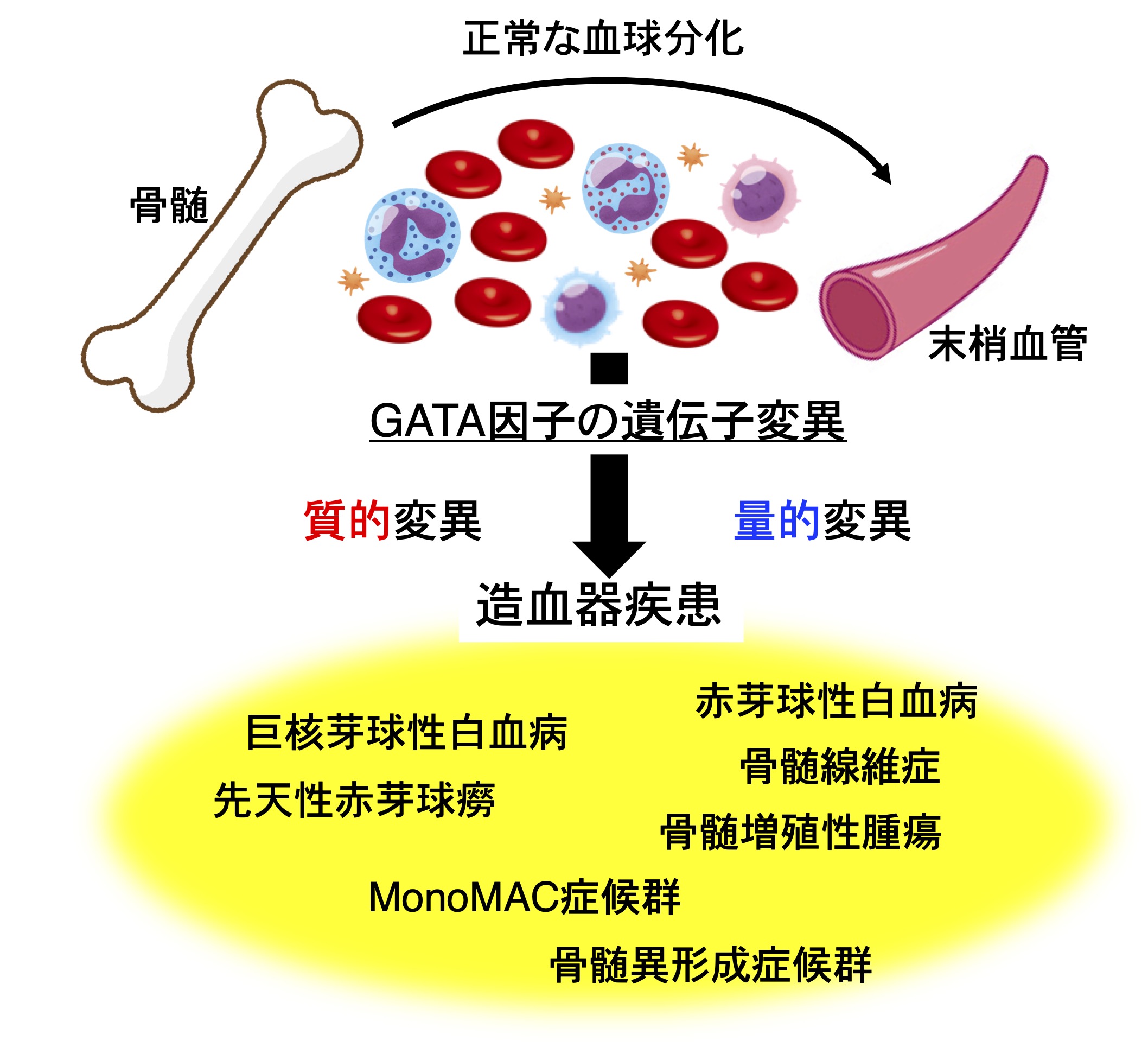
Graphical abstract of our study
研究テーマ概要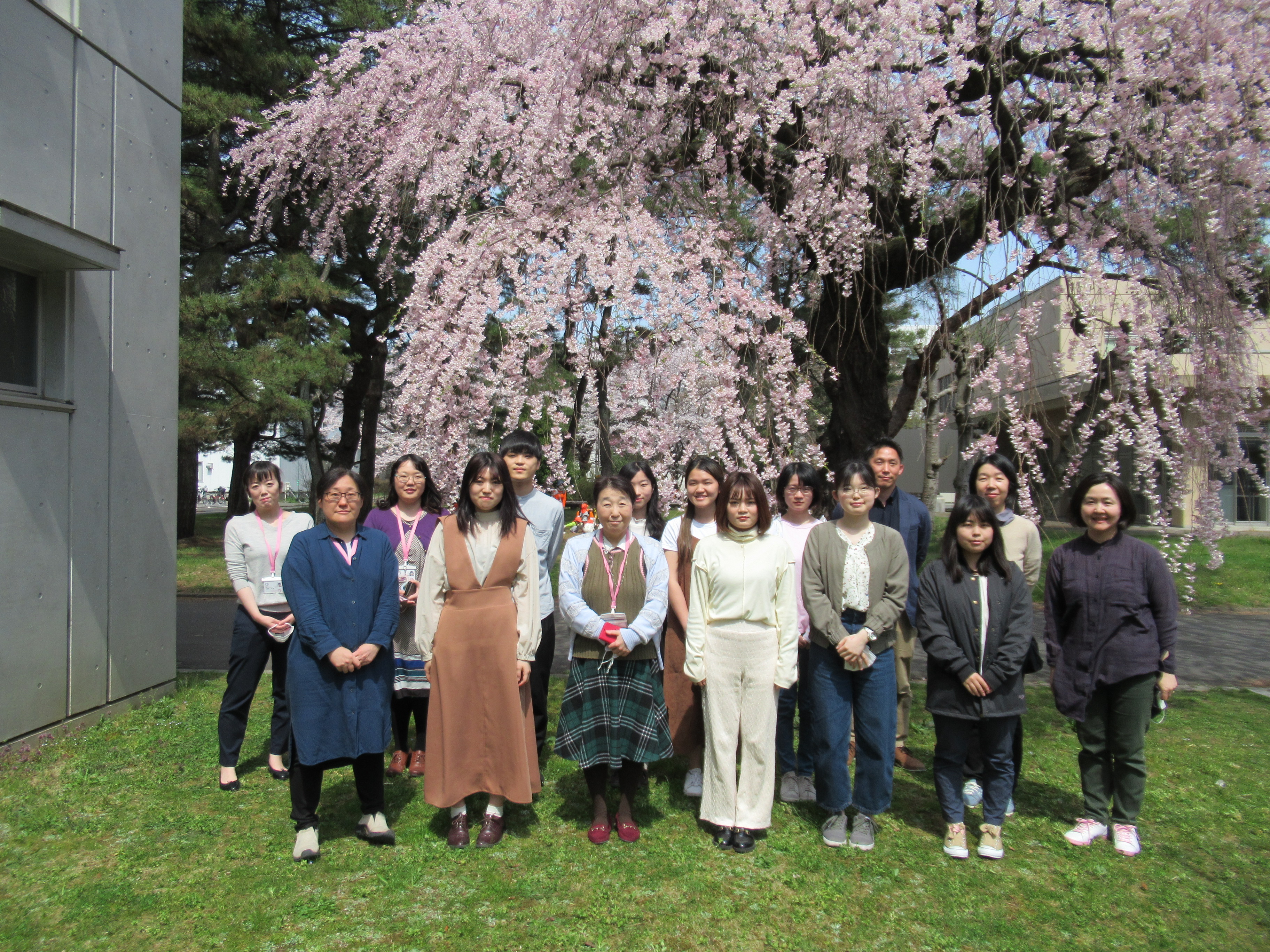
A group photo of lab member
研究室メンバー集合写真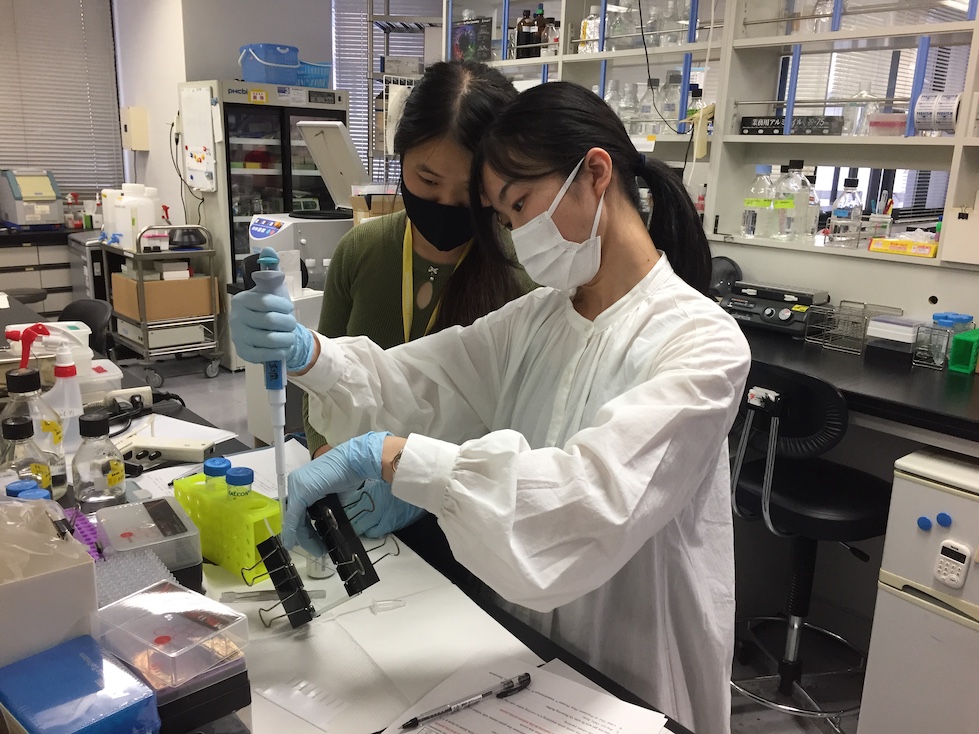
western blotting
ウェスタンブロッティング解析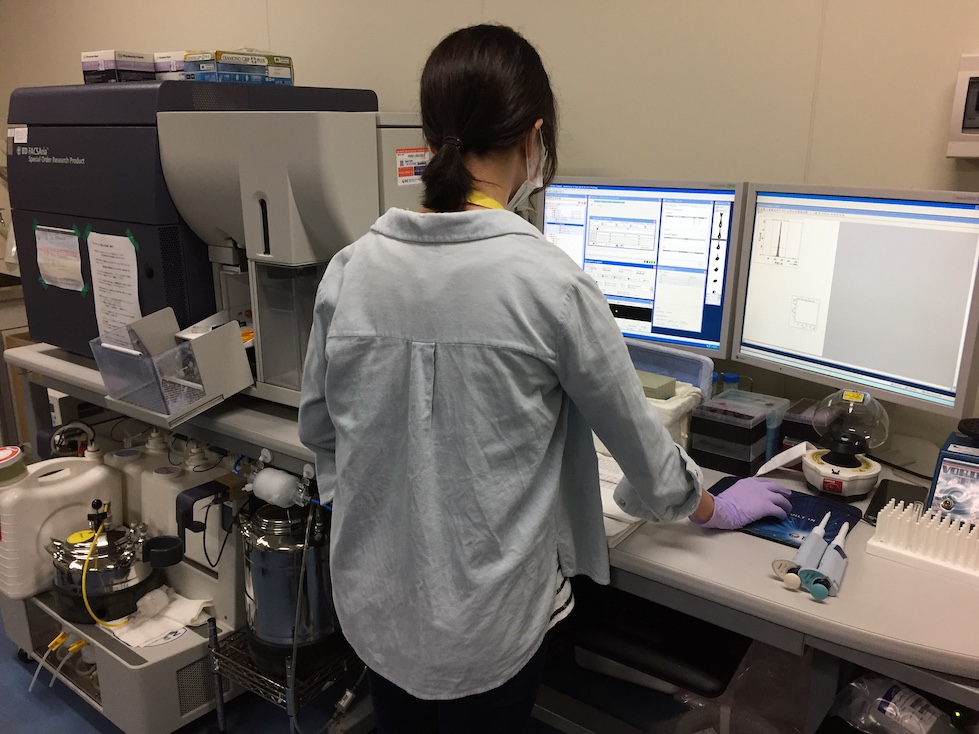
Flowcytometry
フローサイトメトリー解析
ARTICLE
Ishihara D, et al. The abundance of the short GATA1 isoform affectes megakaryocyte differentiation and leukemic predisposition in mice Exp Hematol Oncol. 3809186, 2024, doi: 10.1186/s40164-024-00492-9
URL:https://doi.org/10.1186/s40164-024-00492-9
Hirano I, et al. Strain-dependent modifiers exacerbate familial leukemia caused by GATA1-deficiency Exp Hematol Oncol 38409047, 2024, doi: 10.1186/s40164-024-00491-w
URL:https://doi.org/10.1186/s40164-024-00491-w
Shimizu R, et al. Nrf2 alleviates spaceflight-induced immunosuppression and thrombotic microangiopathy in mice. Commun Biol 6, 875, 2023, doi: 10.1038/s42003-023-05251-w
URL:https://doi.org/10.1038/s42003-023-05251-w
Hasegawa A, et al. Heterozygous variants in GATA2 contribute to DCML deficiency in mice by disrupting tandem protein binding. Commun Biol 5, 376, 2022, doi: 10.1038/s42003-022-03316-w
URL:https://doi.org/10.1038/s42003-022-03316-w
Shimizu R and Yamamoto M. Recent progress in analyses of GATA1 in hematopoietic disorders: a mini-review Front. Hematol. 2:1181216, 2023. doi:10.3389/frhem.2023.1181216.
URL:https://doi.org/10.3389/frhem.2023.1181216

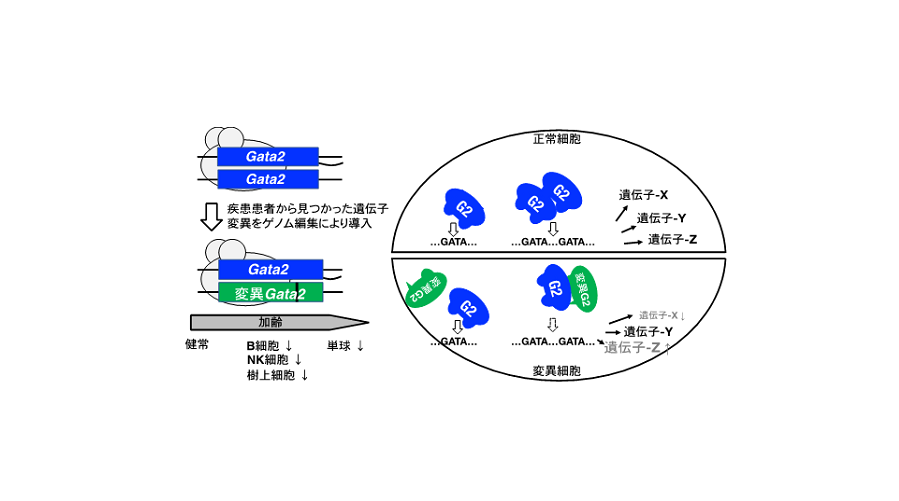 悪貨は良貨を駆逐する 転写因子GATA2変異が免疫細胞減少症を引き起こす
悪貨は良貨を駆逐する 転写因子GATA2変異が免疫細胞減少症を引き起こす